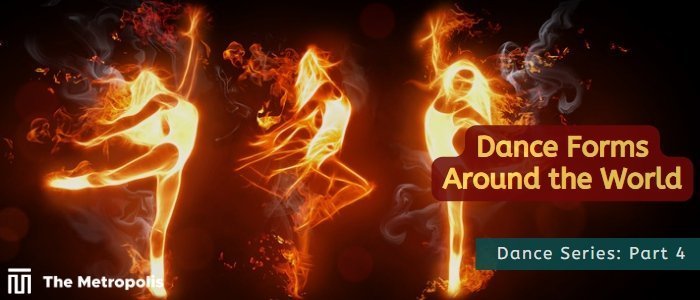Anjum Anam –
Dance is the movement of the body in a rhythmic way, usually to music and within a given space, to express an idea or emotion, release energy, or simply take delight in the movement itself. Dance is a powerful impulse, but the art of dance is that impulse channeled by skillful performers into something that becomes intensely expressive and that may delight spectators who have no wish to dance themselves.
These two concepts of the art of dance — dance as a powerful impulse and dance as a skillfully choreographed art practiced largely by a professional few — are the two most important connecting ideas running through any consideration of the subject. In dance, the connection between the two concepts is stronger than in some other arts, and neither can exist without the other.
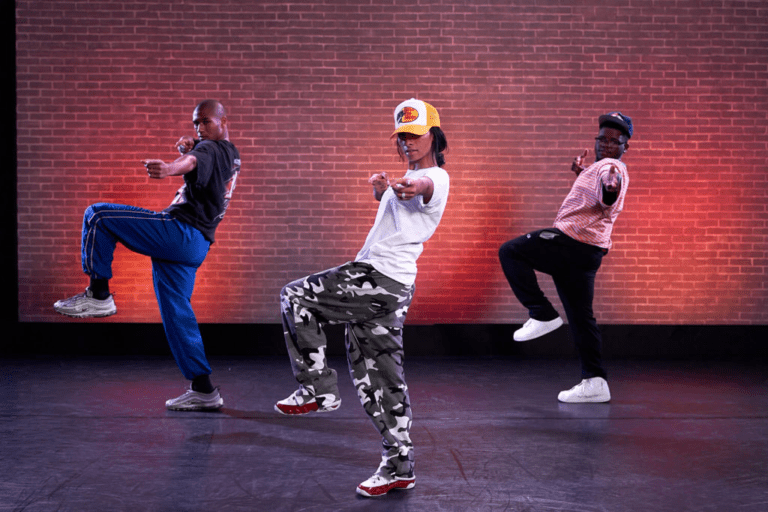
Hip Hop Dancing is a form of choreography that is performed in Hip Hop music and is marked by bounces and rocks. Since it first appeared among Black communities residing in 1970s New York, it has had strong historical and social roots in African American culture. Despite being usually described as a single dance genre, hip-hop culture as a whole also includes deejaying, graffiti, emceeing, and breaking.
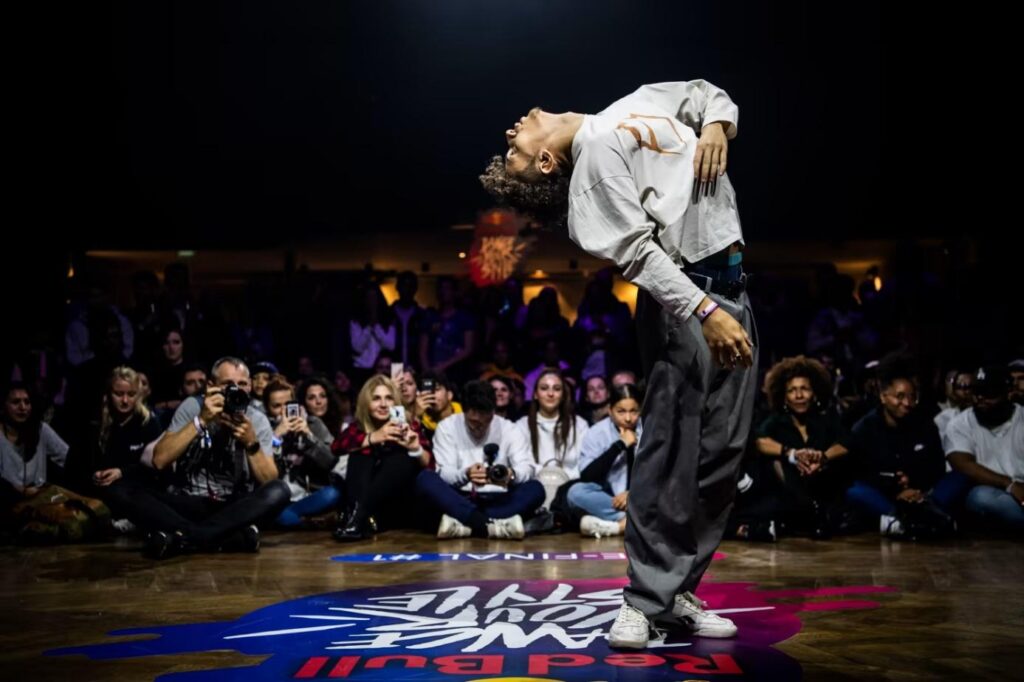
Hip-hop and other dance genres have long been influenced by the distinctive dancing moves known as Popping and Locking. Popping and locking motions can now be used by street dancers that prefer modern forms like funk dances and dubstep to highlight the music, beat, and distinctive dance style. Pop and lock dancing involves rapidly contracting and relaxing different muscle groups to produce an extremely acute movement.
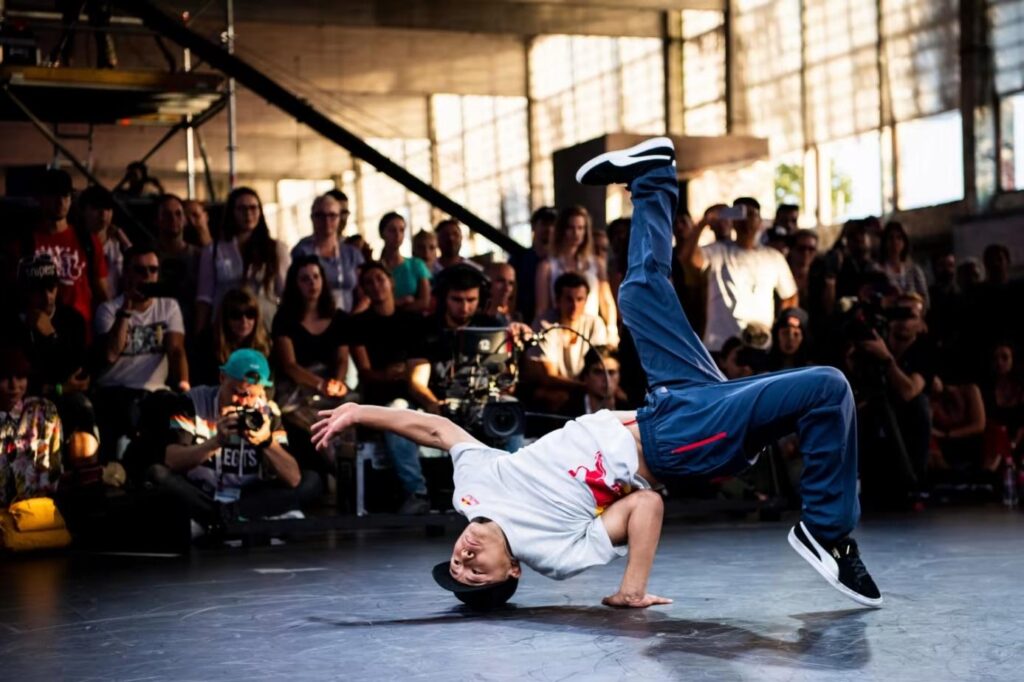
African Americans and Latinos created and popularized Breakdance, which is also known as Breaking and B-boying. It features athletic maneuvers including backspins and head spins as well as artistic footwork. Break dancing was developed in New York City in the late 1960s and early 1970s, drawing routines from many other disciplines, such as gymnastics and martial arts. Break dancing is mostly improvised and consists of many versions of common actions or steps including freezes, power moves, down rocks, and top rocks. The focus is on vitality, motion, inventiveness, humor, and a hint of peril. Its goal is to capture the gritty urban setting where it is thought to have started. Moreover, it is linked to a specific look of clothing that comprises sneakers, sideways or backward-worn baseball hats, baggy pants or sweatsuits, and sneakers (required because of the dangerous nature of many of the moves).
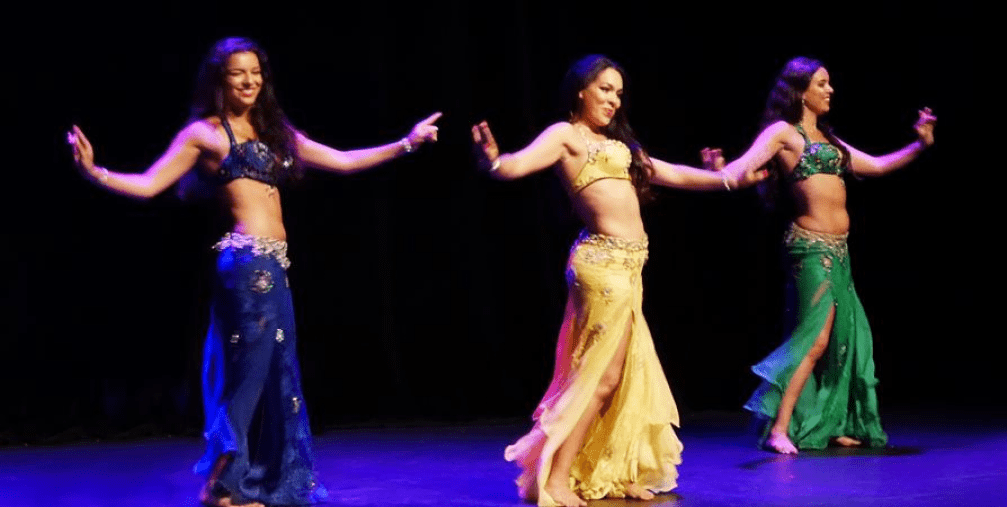
Belly Dance originated in Egypt. Hip and torso movements are seen in it. In terms of clothing and dance style, it has developed to take on a variety of diverse shapes depending on the nation and location, with Egyptian dance and costume styles being the most well-known internationally thanks to Egyptian movies. The Egyptian style, which uses old-fashioned Egyptian rhymes, is now being taught in many schools all over the world.
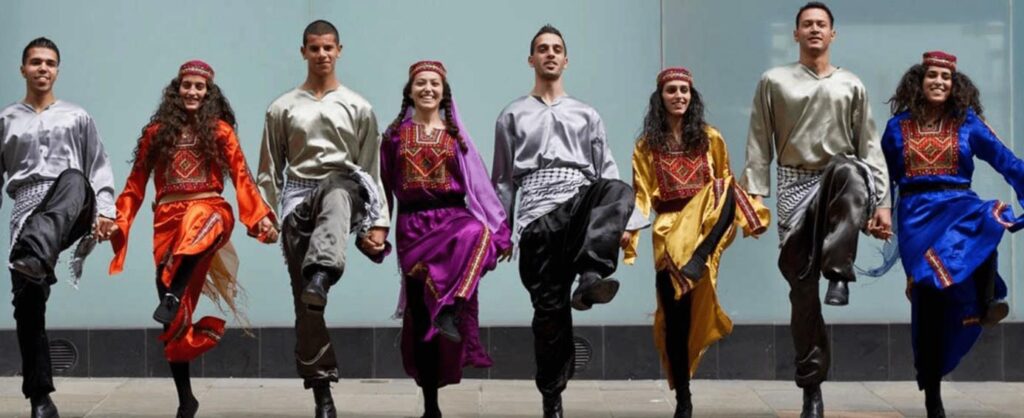
Folk dances like the Dabke (also known as dabka) originated in the Levantine countries of Palestine, Jordan, Lebanon, and Syria. The Levantine Arabic term dabaka, which roughly translates to “stamping of the foot”, is supposed to be the source of the name “Dabke”. It captures the spirit of the dance well. People stamping their feet repeatedly in lines or circles is known as dabke. Frequently, the arms of the dancers will be linked together. People frequently chant or sing along with the dabke music playing in the background.
From left to right, the dancers will organize into a configuration. The leader (also known as raas or lawweeh) stands at the front of the formation and directs the others’ steps and rhythm. The lawweeh must not only be skilled in dabke, but also precise, quick, and able to improvise. The leader will rotate between facing the dancers and the audience at regular intervals. Dabke is a very jovial and energizing kind of group dance. Dabke is only ever performed on happy occasions, as we indicated at the opening of the post. For instance, it is a fairly common style of wedding dance in Palestine.
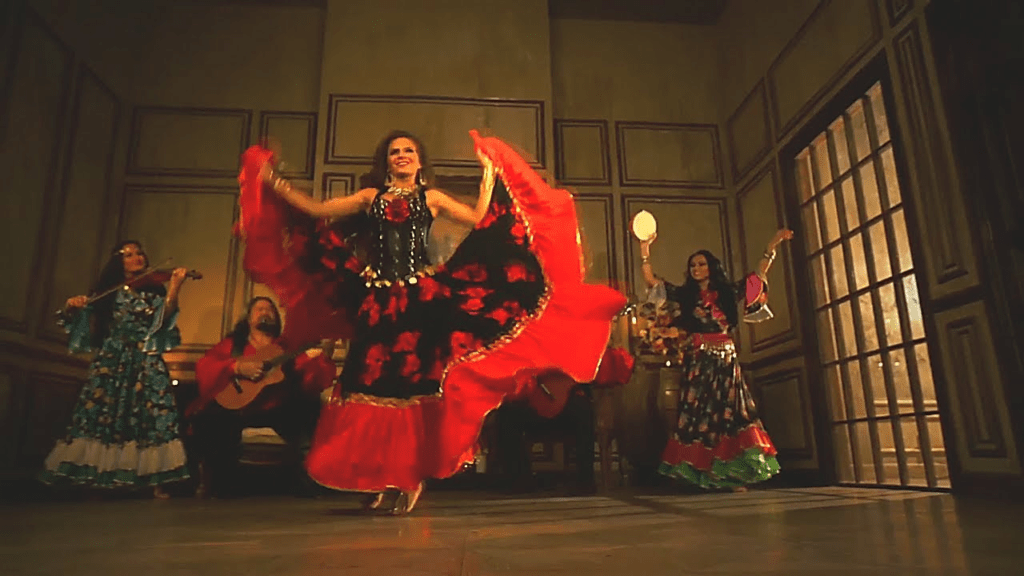
Gypsy Dance is the term used to describe the traditional Eastern European dance that is performed in cafes and restaurants, at gatherings, and even on stages in European towns. Gypsy music in this sense is different from the true Romani music performed by the Romani and Sinti people, many of whom consider the term “gypsy” to be derogatory when used by their community. Except for the Romanian version, where the pan flute serves as the primary instrument, it is primarily instrumental and typically performed by strings. The accompaniment may be performed by a variety of instruments, although a cimbalom and a double bass are preferred.
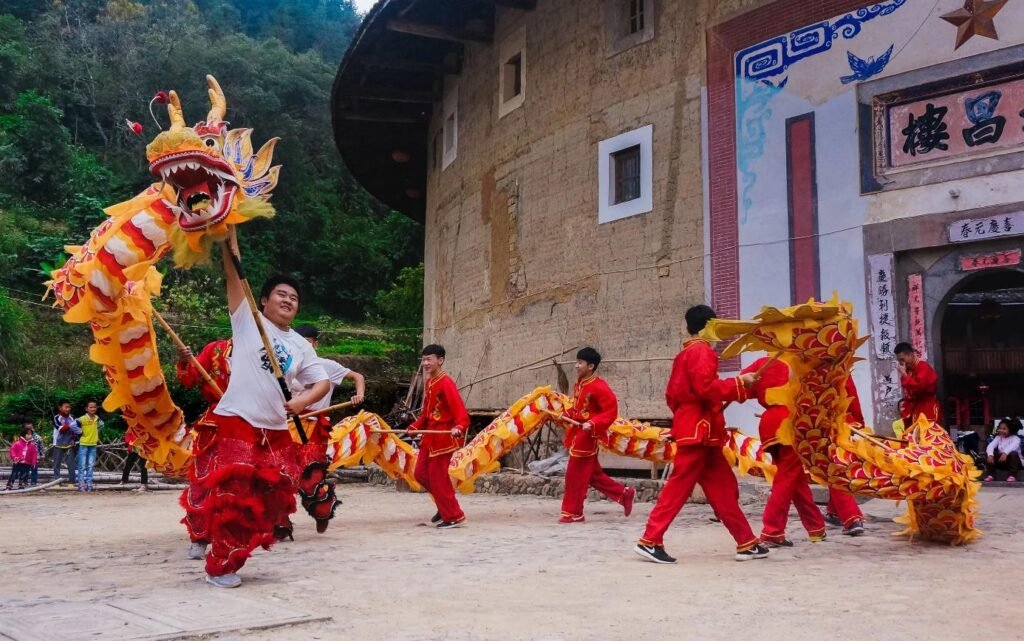
From ancient times, Dragon Dance has been an essential part of Chinese celebrations. The dragon dance has traveled to every region of the world where Chinese expatriates are gathering as a result of the spread of Chinese people and culture around the world. It now represents Chinese culture. Dragon costumes of various colors can be used to perform dragon dances in a variety of ways. The meanings of the many dragon dance colors vary. Green represents a bountiful harvest, yellow respect for the empire, gold or silver represents affluence, and scarlet is used to evoke excitement and bring luck.
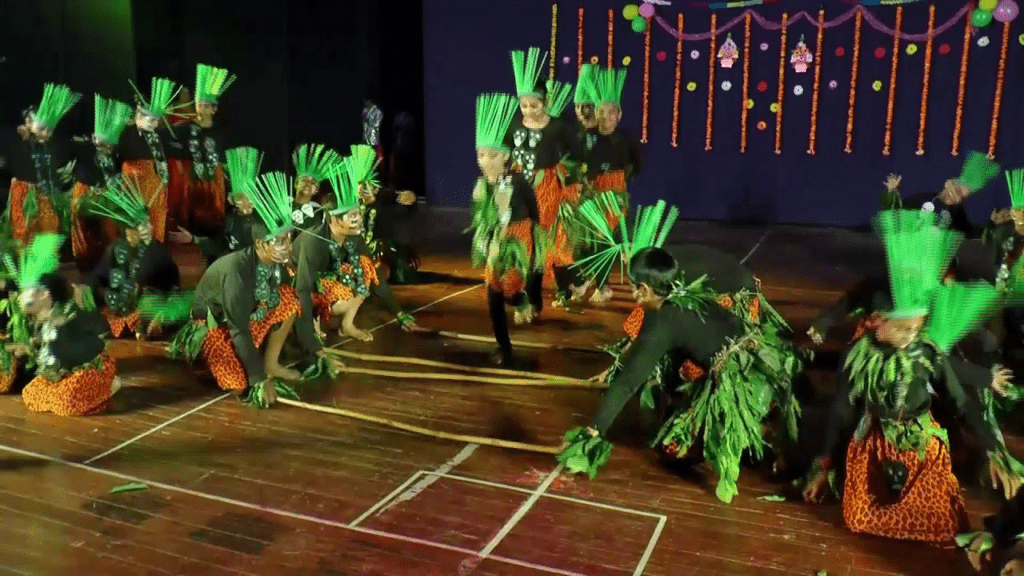
Jhingalala is a form of free-style African dancing that is well-known not only on the continent but even outside. The dancer’s hands, legs, and other body parts can move freely while performing this kind of dance. The numerous Jhingalala dance styles are comparable to those of an inebriated person.



